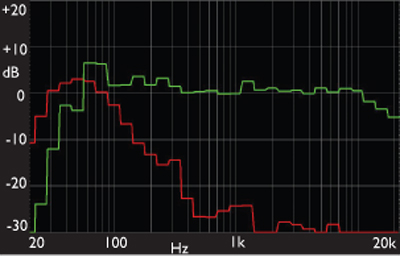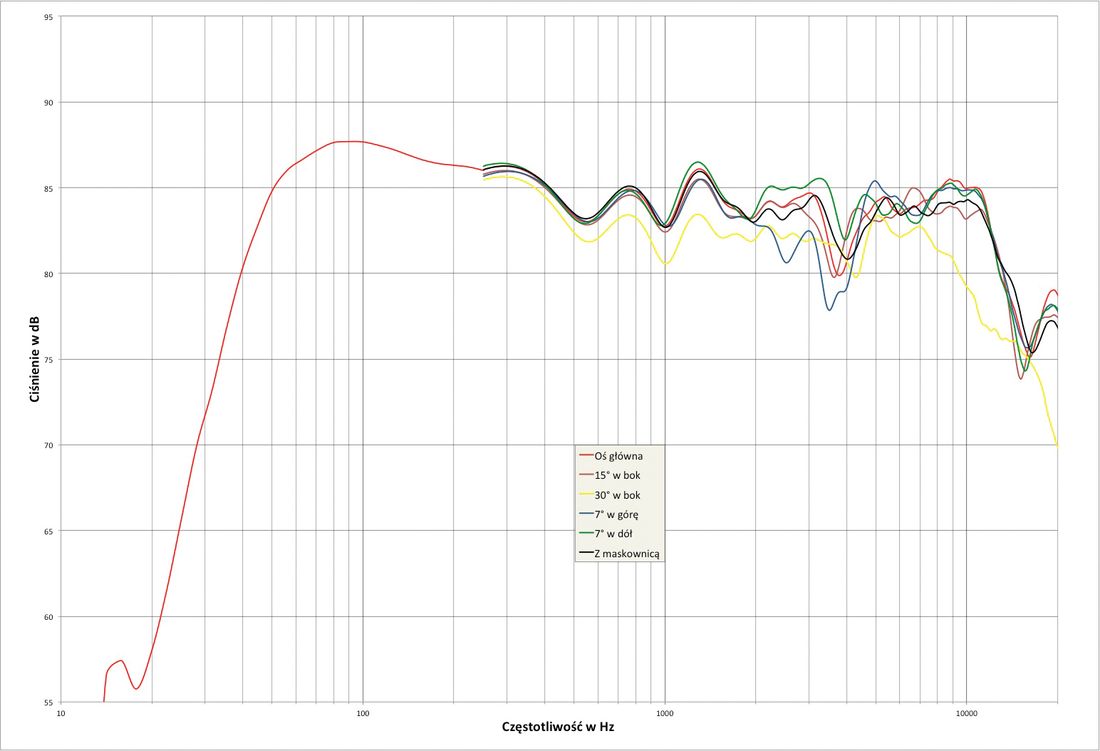tuga
Legal Alien
No one has yet mentioned Stirling Broadcast.
Their speakers are designed by Derek Hughes, just like those made by Graham Audio. Finish is perhaps not as luxurious as that of GA speakers.
The LS3/6s used to cost as much as the GA LS5/9s but their prices have recently gone up, and they also manufacture the smaller SB-88 which is closer in size to the LS5/9:
I'm very happy with my pair of 3/6s, preferred these over the SHL5+s.
Their speakers are designed by Derek Hughes, just like those made by Graham Audio. Finish is perhaps not as luxurious as that of GA speakers.
The LS3/6s used to cost as much as the GA LS5/9s but their prices have recently gone up, and they also manufacture the smaller SB-88 which is closer in size to the LS5/9:
I'm very happy with my pair of 3/6s, preferred these over the SHL5+s.





